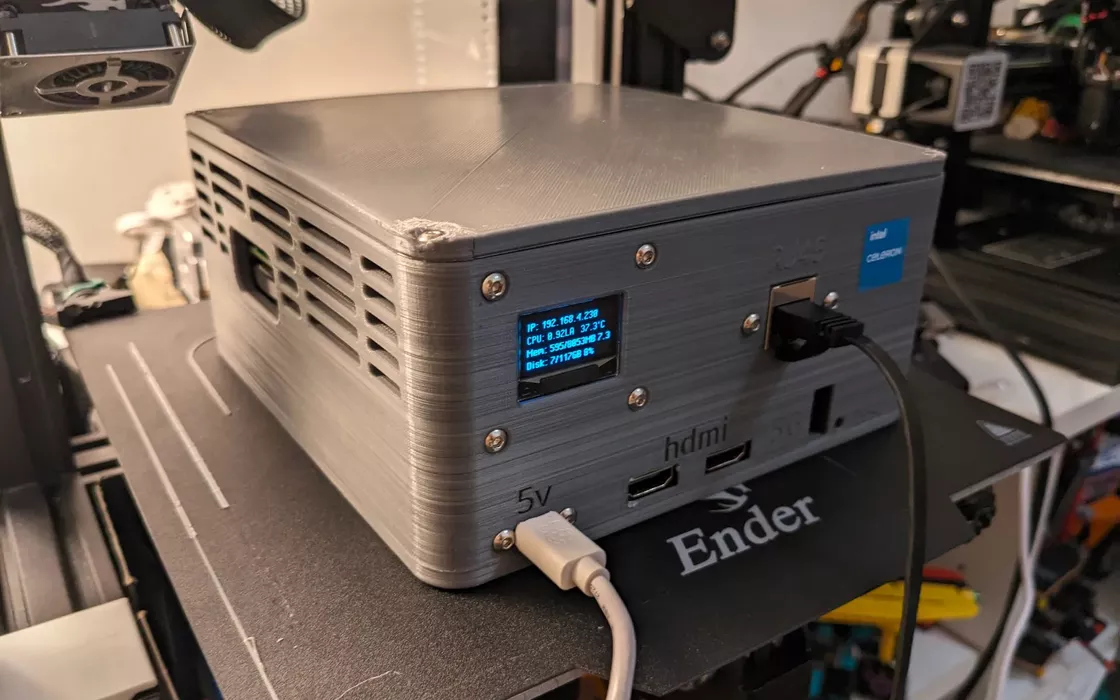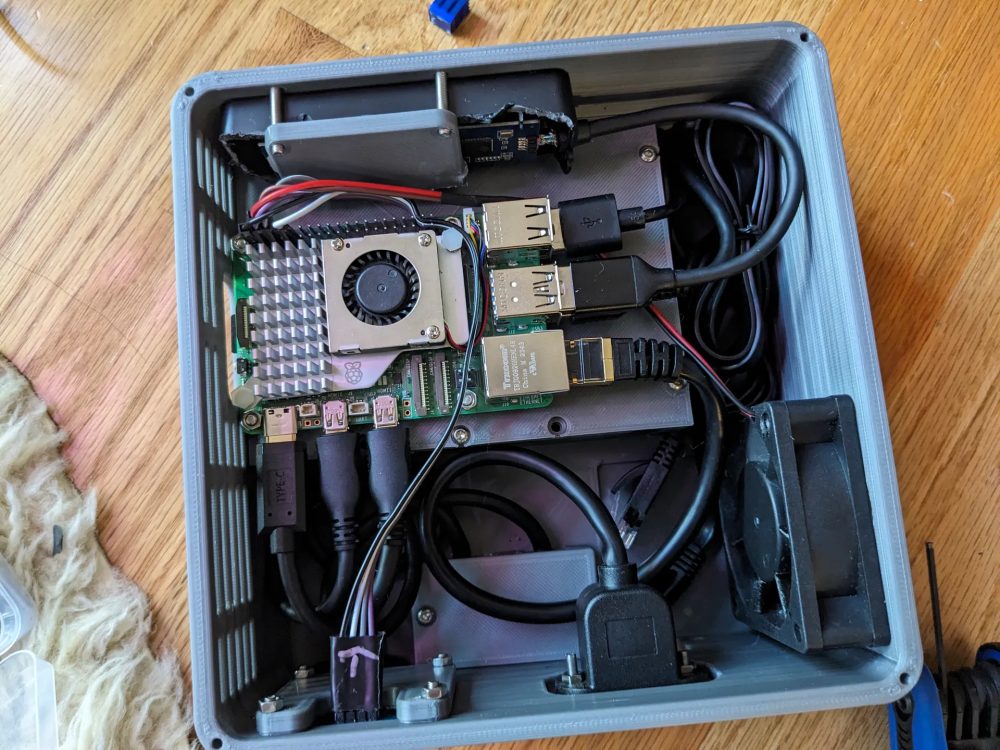Whoever buys one Raspberry Pi becomes a maker: il single-board computer created by Eben Upton, when he was still working at Broadcom, today it boasts an immense following.
The news is that from today it is also possible to use a Raspberry Pi 5 as server NAS for data storage, with a maximum capacity of up to 10 Terabytes. Really not bad for a low-cost device. On the Printables – Raspberry Pi NAS website you can find all the components for build the NASincluding the three-dimensional model to be passed to the 3D printer to create the case.
The structure of case for the 10 Terabyte capacity Raspberry Pi NAS
Il case for the project “do-it-yourself” is conceived in such a way as to leave room for the various porte communications, including four USB Type-A, one USB-C for power, one RJ-45 Ethernet port and two full-size HDMI ports. Even if the case It is mainly designed for Raspberry Pi 5, the author provides versions compatible with previous models, namely Raspberry Pi 4 and Raspberry Pi 3.
Since the Raspberry Pi 5 tends to “run hot”, the case also includes a dissipator positioned laterally to dissipate heat and prevent any overheating problems during use.
Furthermore, the case allows the connection of a display OLED via I²C bus: provides useful information on the operation of the NAS without the need to connect an external monitor. In this way, the device can work totally independently, without connecting any additional external devices.
The list of components to build the NAS
In addition to the Raspberry Pi 5 (preferably the 8 GB model), a list of hardware components to use to assemble the NAS is as follows. We suggest you compare it with the information published on the official project page. Prices may undergo variations, even significant ones. On Amazon Europe you can often find alternatives at more competitive prices.
- n.2 HDMI adapters (from mini HDMI to HDMI)
- n.1 USB 3.1 Gen 2 10 Gbps adapter
- n.2 Seagate external hard drives of 5 TB each
- n.1 display OLED 0,96 pollici
- n.1 hub USB-A multiporta
- n.1 RJ-45 Ethernet extension cable
- n.1 set of assorted M3 screws
- n.1 silent 12V 60mm fan
- n.2 cavi da USB 3.0 A a Micro B
- n.1 128 GB microSD card
Software configuration, in short
As for the software, it is possible to use Open Media Vault (OMV) as the operating system, along with the media backup application called Immich. The latter, we have already talked about it in the past in the columns of how2do.org, is a bit of an alternative to Google Photos for storing images and videos without limits: it is therefore perfect for use on a “home” NAS.
In 2019 we looked at what Open Media Vault is and how to use it for build a NAS alone. In short, OMV is a Linux-based open source system designed to turn a Raspberry Pi-based computer or device into a data server. network storage. The main goal of Open Media Vault is to provide an easy-to-use solution for managing storage, file sharing, and other network services. It offers an intuitive web-based user interface that simplifies server configuration and management; allows you to easily manage storage drives, partitions and RAID; supports common protocols such as SMB/CIFS (Samba), NFS, FTP to facilitate file sharing over the network.
Thanks to pluginOMV’s functionality can be significantly expanded by installing plugins that add extra features, such as media streaming servers, BitTorrent clients, backup servers, and more.
The images in the article are taken from the Printables – Raspberry Pi NAS page.


